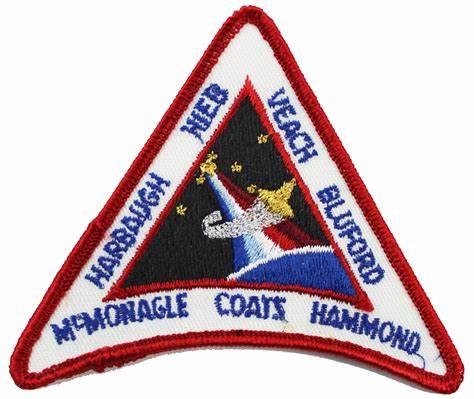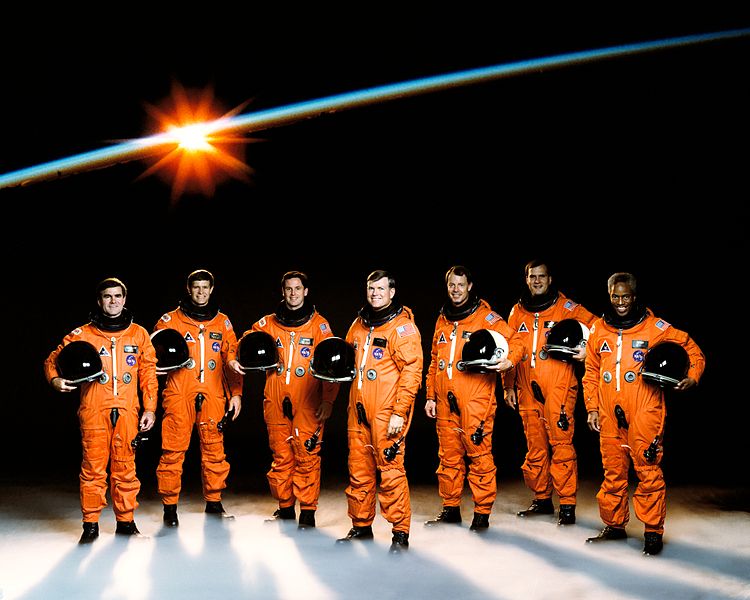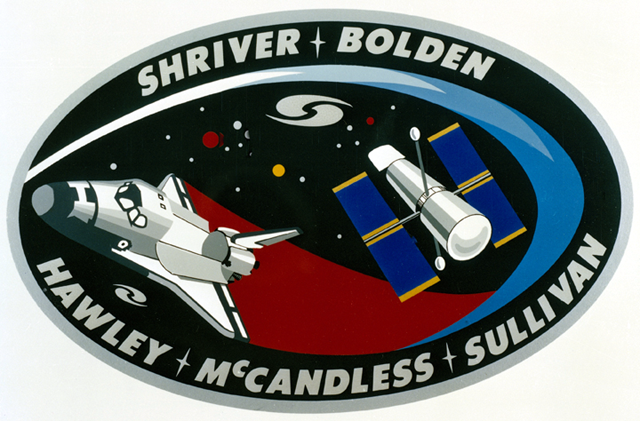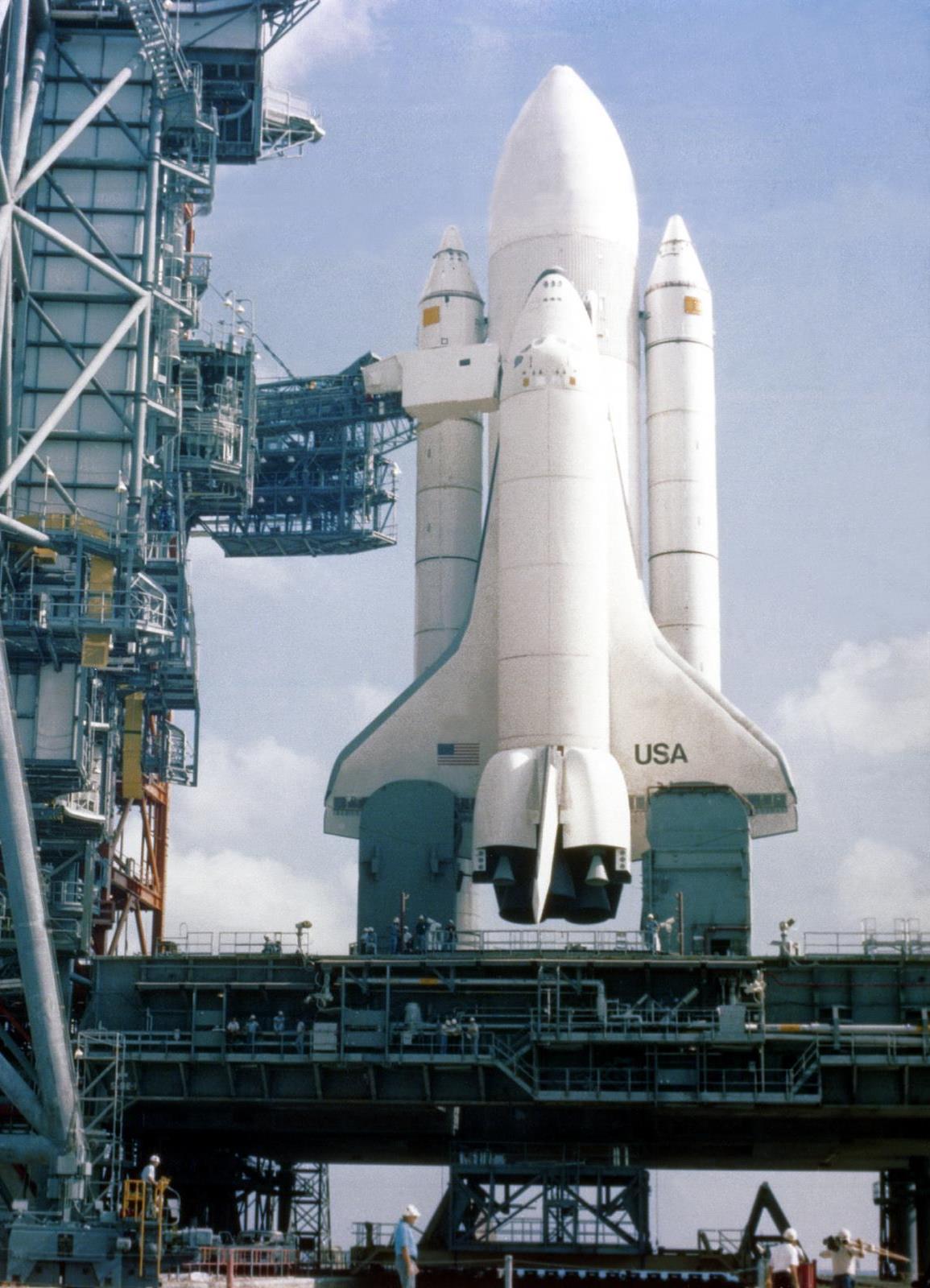Michael L. Coats
(Third Space Flight)
L. Blaine Hammond Jr.
(First Space Flight) Mission Specialist 1:
Guion S. Bluford Jr.
(First Space Flight) Mission Specialist 2:
Gregory J. Harbaugh
(Third Space Flight) Mission Specialist 3:
Richard J. Hieb
(First Space Flight) Mission Specialist 4:
Donald R. McMonagle
(First Space Flight) Mission Specialist 5:
Charles L. Veach
(First Space Flight)
STS-39 was the twelfth mission of the Space Shuttle Discovery. The primary purpose of the mission was to conduct a variety of payload experiments for the Department of Defense.
STS-39 was a dedicated Department of Defense mission. Unclassified payload included Air Force Program-675 (AFP675); Infrared Background Signature Survey (IBSS) with Critical Ionization Velocity (CIV), Chemical Release Observation (CRO) and Shuttle Pallet Satellite-II (SPAS-II) experiments; and Space Test Payload-1 (STP-1). Classified payload consisted of Multi-Purpose Release Canister (MPEC). Also on board was Radiation Monitoring Equipment III (RME III) and Cloud Logic to Optimize Use of Defense Systems-1A (CLOUDS-1A).
A free template by Lucknowwebs.com for WYSIWYG WebBuilder 8
Astronauts:
STS-39 (R)
Study
Research
Main Index
Space Cosmology
Science Research
*
About
Science Research
Science Theories
Desk
Site Map
BookShelf
Copyright © by Nigel G Wilcox · All Rights reserved · E-Mail: ngwilcox100@gmail.com
Designed by Nigel G Wilcox
Powered By AM3L1A
Pages within this section: USA Shuttle Mission Flights
STS-39
Pages within this section:
32
M
8
SM
Sub-Menu
menu
-
33
34
35
36
37
38
39
Command Pilot:
The Space Shuttle Missions
Pilot:
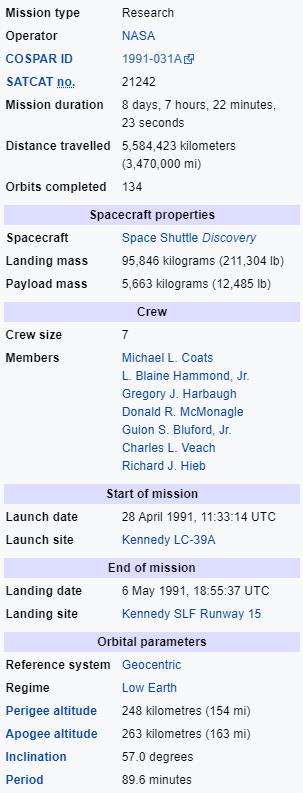
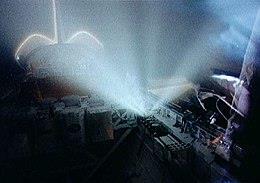
STS-39 was the first unclassified Department of Defense (DoD)-dedicated Space Shuttle mission. There had previously been seven Shuttle missions dedicated to the DoD, but those were considered classified and information about the operation or success of the payloads or experiments was not released. For STS-39, only the payload in the Multi-Purpose Experiment Canister (MPEC) was listed as classified. (Bluford reportedly launched the classified payload by himself while, according to another member of the crew, "the rest of us pretended not to notice.")
The crew was divided into two teams for around-the-clock operations. Among other activities, the crew made observations of the atmosphere and gas releases, Discovery's orbital environment, and firings of the orbiter's engines, in wavelengths ranging from infrared to far ultraviolet. As part of the sophisticated experiments, five spacecraft or satellites were deployed from the payload bay, and one was retrieved later during the mission.
Carried in the orbiter's cargo bay were: Air Force Program-675 (AFP-675); Infrared Background Signature Survey (IBSS); Space Test Program-01 (STP-01); and the MPEC. Inside the crew cabin were the Cloud Logic to Optimize the Use of Defence Systems-1A (CLOUDS 1A) experiment and the Radiation Monitoring Equipment-III (RME-III).
The Remote Manipulator System arm in the payload bay was used to deploy the Shuttle Pallet Satellite-II (SPAS-II), on which the IBSS was mounted. Among other observations, the SPAS-II/IBSS watched Discovery as it performed some orbital manoeuvres including the "Malarkey Milkshake". The deployment of IBSS was delayed a day, until Flight Day Four, to give priority to the completion of the CIRRIS (Cryogenic Infrared Radiance Instrumentation for Shuttle) experiment which was depleting its liquid helium coolant supply faster than expected while making observations of auroral and airglow emissions.
As usual, crew members faced some unexpected challenges during the mission. After working only about four hours, two tape recorders could not be reactivated. The tape recorders were designed to record observations made by three instruments on AFP-675. In a complicated two-hour bypass repair operation, the astronauts had to route wires and attach a splice wire to a Ku-band antenna system so the data could be sent directly to a ground station.
